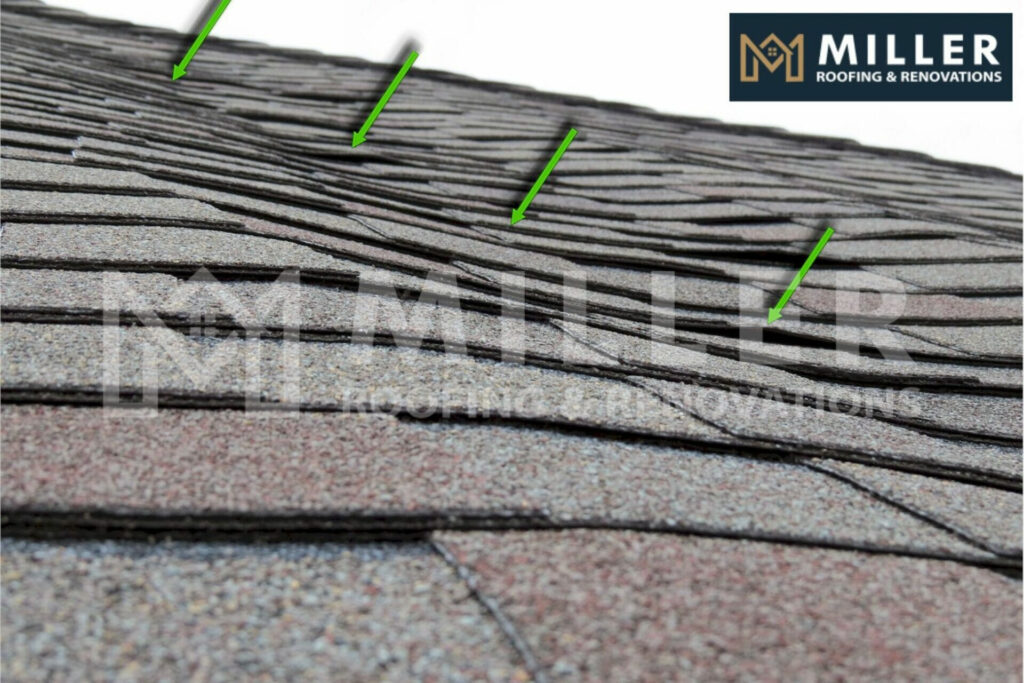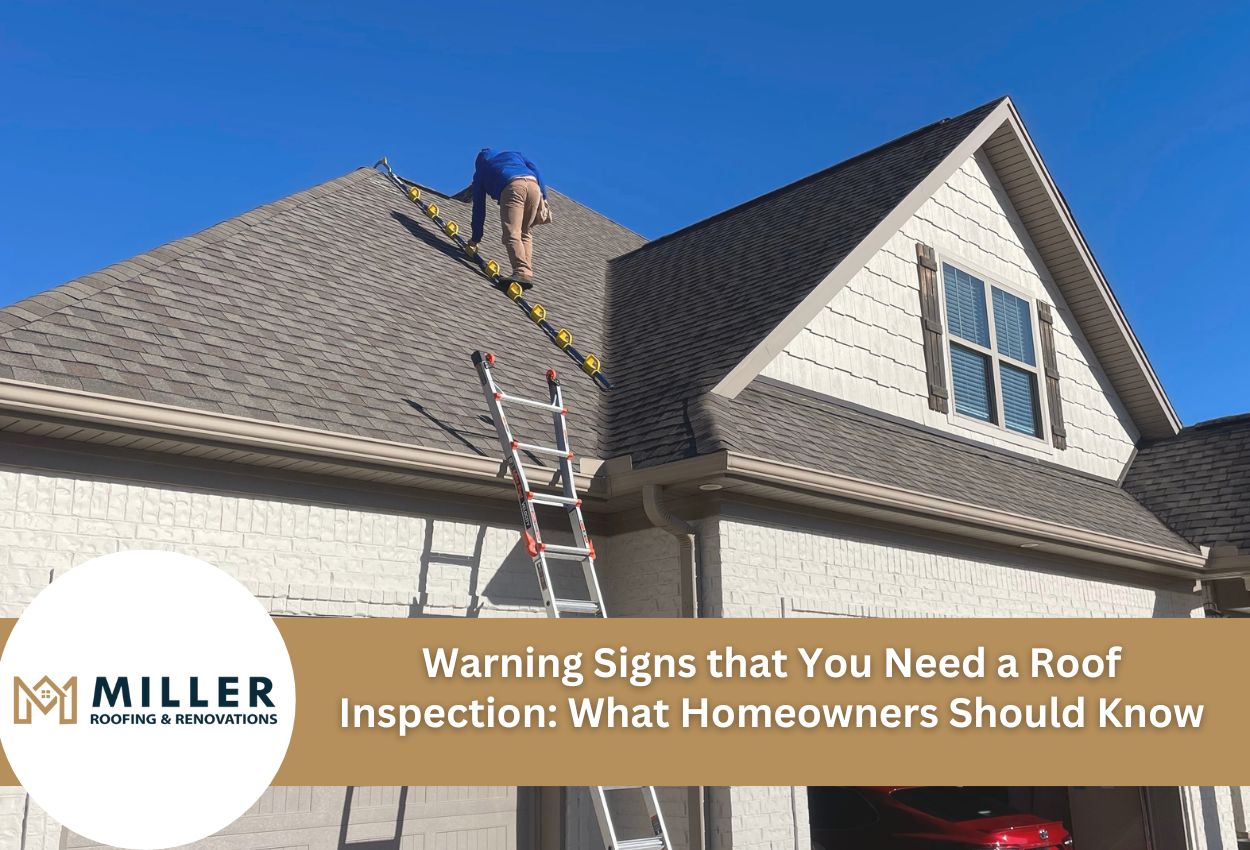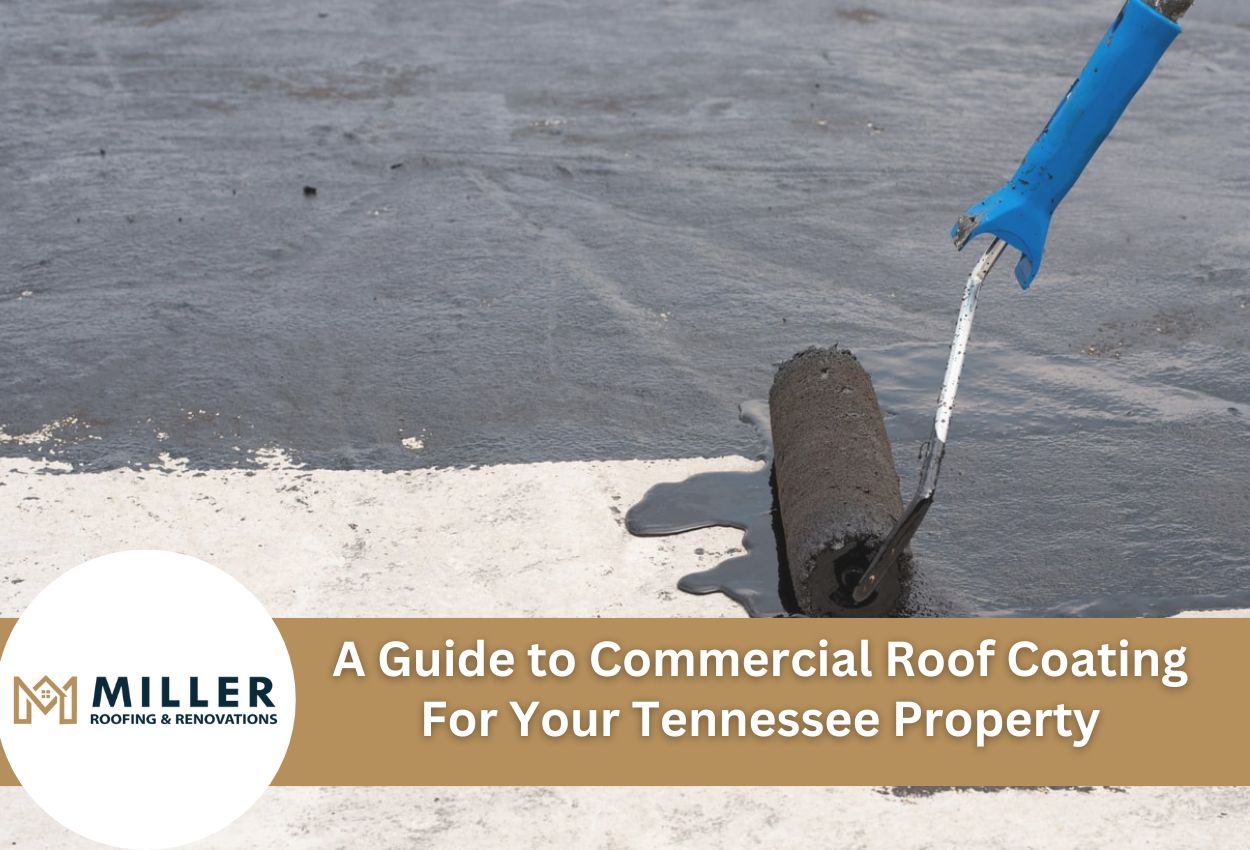The roof is an essential part of any building, providing protection against the elements and helping to maintain the structural integrity of the entire building. A properly functioning roof not only keeps occupants safe and dry but also helps to maintain the value of the property. However, over time, roofs may develop issues such as sagging, which can compromise their performance and pose a significant risk to the building and its occupants. In this blog, we will explore how much roof sag is acceptable, the causes of roof sag, and what you can do to prevent and repair it.
What Does A Sagging Roof Mean?
A roof sag or a sagging roof is a common roofing problem that you need to be aware of. Normally an optimal roofline is straight, but if you notice that your roof is not a straight line and tends to droop a bit, then this can mean that your roof is sagging.
This is typically caused by the weight of the roof itself, the materials it supports, or external factors such as heavy snow loads. Roof sag can be a serious issue that compromises the structural integrity of a building and can potentially lead to costly repairs or even collapse if left unaddressed.
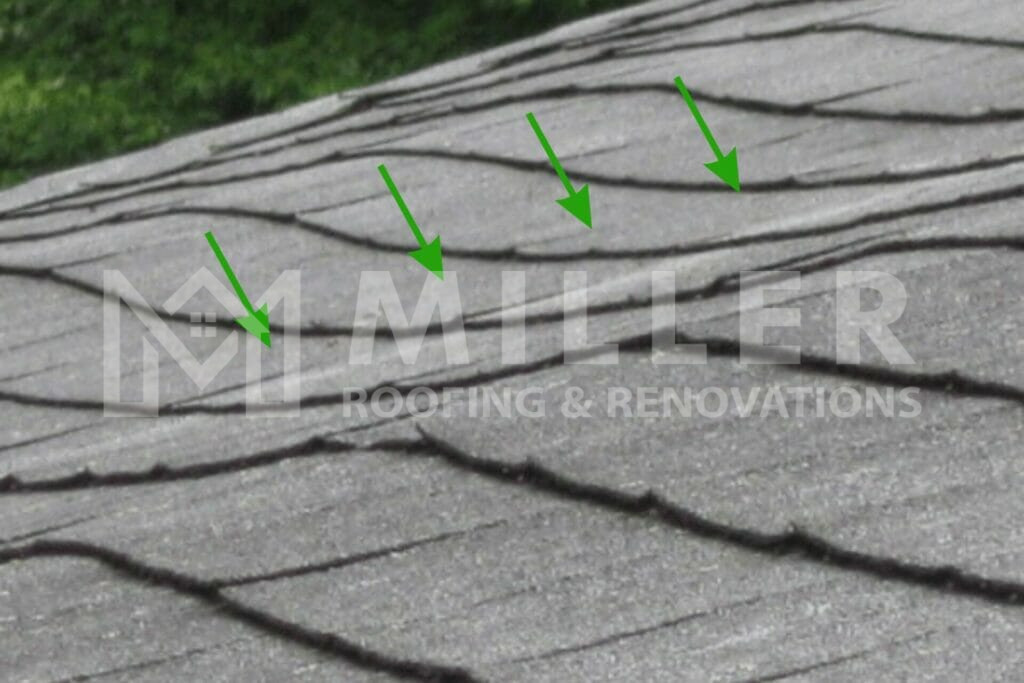
Is Roof Sag Acceptable?
Many homeowners ask us how much roof sag is acceptable. The answer is none. No roof sag is acceptable, so if you notice that your roof is sagging or drooping, then it is essential to call a professional roofing contractor to avoid any further damage to your roof.
Once there is visible sagging, then you will have no option but to repair or, in a worst-case scenario, replace your entire roof.
How To Detect That Your Roof Is Sagging
Inspecting the exterior of a roof for sagging may be challenging since the slope of most roofs can make it difficult to spot sagging from the ground. However, here are a few tips that can help.
- Stand back and view the roof from a distance: This can help you identify any noticeable dips or unevenness in the roofline.
- Look for any visible deformities: Sagging may be accompanied by visual deformities such as dips in the ridge, which can be spotted by looking at the roof’s ridge line.
- Check for sagging gutters: If the gutters appear to be sagging or pulling away from the roofline, it could be a sign of an underlying roof sag.
- Look for cracks or damage: Cracks or damage to the roof’s surface can also indicate underlying sagging issues.
While exterior inspection can help you identify potential roof sagging, it’s essential to have a professional evaluate the roof’s interior structure to determine the extent of the problem and the best course of action.
How Do You Fix A Sagging Roof?
Now that you know what a sagging roof system looks like, and why it is a cause for concern, you may also be wanting to know how you can fix this roofing problem. Well, this is where we can come to your aid. Our team has fixed all kinds of different roofing systems for homeowners in Tennessee.
To know more about the steps that are involved in performing a repair on a sagging roof, you can visit our blog on how to fix a sagging roof. We have described all the necessary steps and tools you will need if you want to handle the job yourself.
How To Prevent Roof Sagging
Roof sagging can be a serious issue that compromises the structural integrity of a building and poses a safety risk to its occupants. Fortunately, there are steps you can take to prevent roof sagging from occurring. As with many things in life, prevention is better than repairing the final damage. In this section, we will talk about why it’s important to take proactive steps to maintain the safety and longevity of your roof.
Roof Inspection And Maintenance
Regular inspections and maintenance are critical to prevent roof sagging. Regular inspections of the roof and its structural components can help identify potential issues before they become major problems. Regular maintenance, such as keeping the roof free of debris and ensuring proper drainage, can also help prevent roof sagging.
Debris buildup on the roof can add weight and cause stress to the roof structure, leading to potential sagging, but regular cleaning of the roof can help prevent this issue.
Avoid Overloading
Avoid overloading the roof with excessive weight to also help prevent sagging. This may include removing heavy snow or debris from the roof, avoiding placing heavy equipment or materials on the roof, and ensuring that any new rooftop installation is properly supported structurally.
Replace Your Roofing System
One of the major causes of a sagging roof is the age of the roof. There are many types of roofing materials popular in Tennessee, such as asphalt shingles, metal roofs, or tile roofs. Each of these materials only lasts for a certain amount of time, so timely replacement of the roof’s material or aged components is necessary so that they do not deteriorate further and cause damage.
Clean Your Gutters
Keeping your gutters clean is an essential preventative measure to avoid a sagging roof. Gutters play a vital role in protecting your roof and the structural integrity of your building. They channel water away from the roof and foundation, preventing water damage and potential sagging caused by excess water weight. When gutters become clogged with debris, such as leaves, dirt, or sticks, they can no longer function effectively.
Also Read: Why Gutter Cleaning is Important, And How To Do It
Keep Your Roof In Good Condition! Call Us Today!
If you suspect your roof is sagging, it’s important to have it evaluated by a professional to determine the extent of the damage and the appropriate course of action.
If you want to remedy the situation, then get in touch with the team at Miller Roofing and Renovations. We have more than 35 years of combined experience and have taken care of many homes in the area.
Not only have we dealt with sagging roof repair, but we also have experience in other areas of roofing, such as roof replacement and new roof installation. Contact us today at (901) 457-9405 to book a consultation with our team and to find out how to move forward with the process.



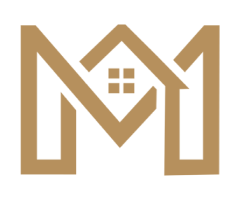 FREE ESTIMATE
FREE ESTIMATE